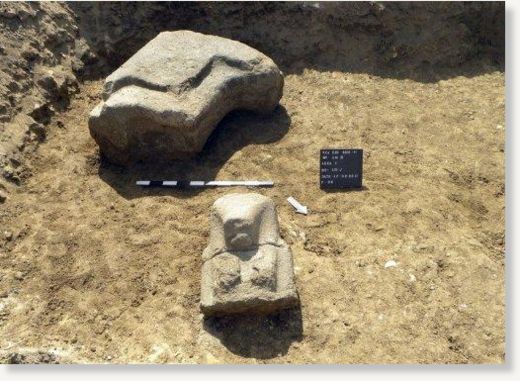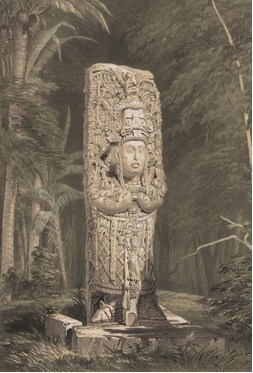On Monday, the Smithsonian Institution
hosted a discussion surrounding whether or not to go forward with the proposed spring 2012 exhibition
Shipwrecked: Tang Treasures and Monsoon Winds. The Chinese artifacts included in the exhibition were found among the remains of an ancient trade-vessel off the coast of the Indonesian island of Belitung in 1998.
At issue here is the fact that the artifacts were removed from the shipwreck by a commercial excavation company, a practice that many archaeologists deem unethical. On April 5, a group of archaeologists and anthropologists from the National Academy of Sciences, including former Smithsonian Secretary Robert McCormick Adams, signed a letter to current Smithsonian head G. Wayne Clough
condemning the exhibition on the grounds that it would "severely damage the stature and reputation" of the institution. Other groups, both within and without the Smithsonian Institution, have also expressed concerns.
The Arab merchant ship, which sank in the Java sea twelve centuries ago, contains the largest group of Tang dynasty artifacts ever found at a single site, including cooking utensils, measuring weights, spice jars, bronze mirrors, silver and gold vessels, and glazed ceramic wares. The discovery offers new and surprising insights into maritime trade patterns between the Abbasid Empire in the Middle East and Tang dynasty China.
The shipwreck was salvaged by a commercial venture called Seabed Explorations, run by German engineer Tilman Walterfang, who moved to Indonesia in the early 1990s in the hopes of profiting from the excavation of local underwater heritage.






Comment: Could Stalin's "brain illness" be in fact a frontal characteropathy, as described by Andrew M, Lobaczewski in Political Ponerology (A Science on the Nature of Evil Adjusted for Political Purposes)?